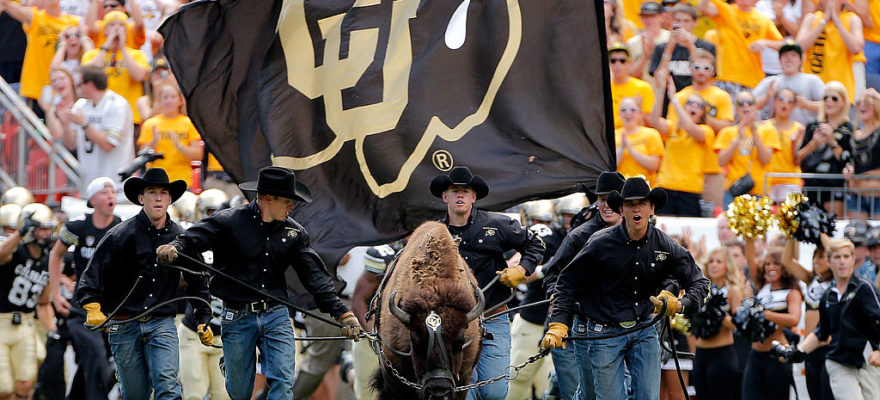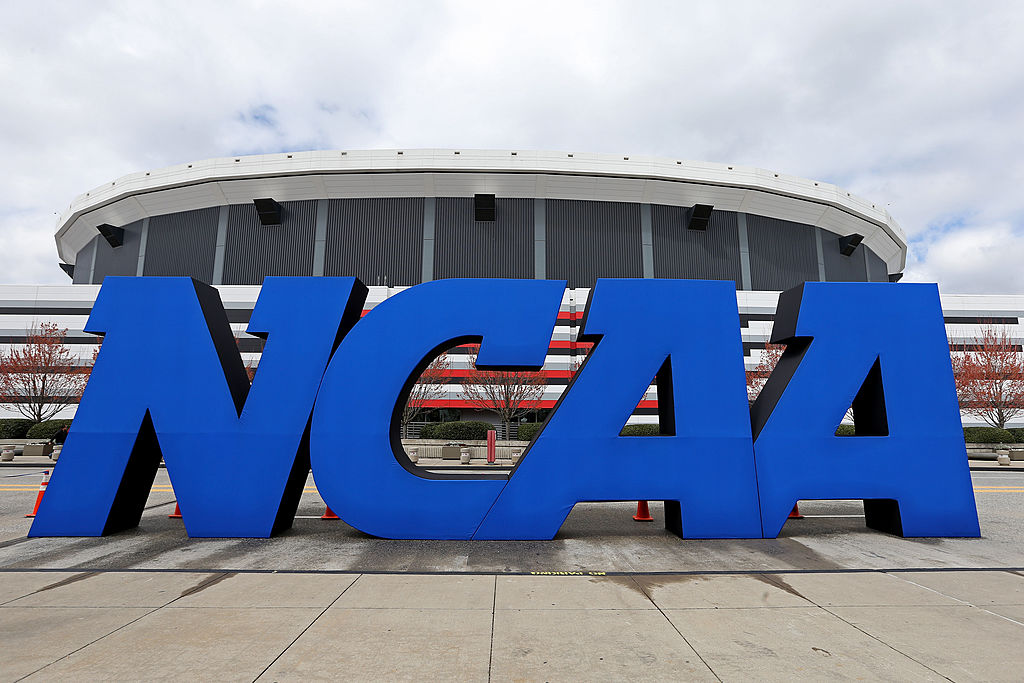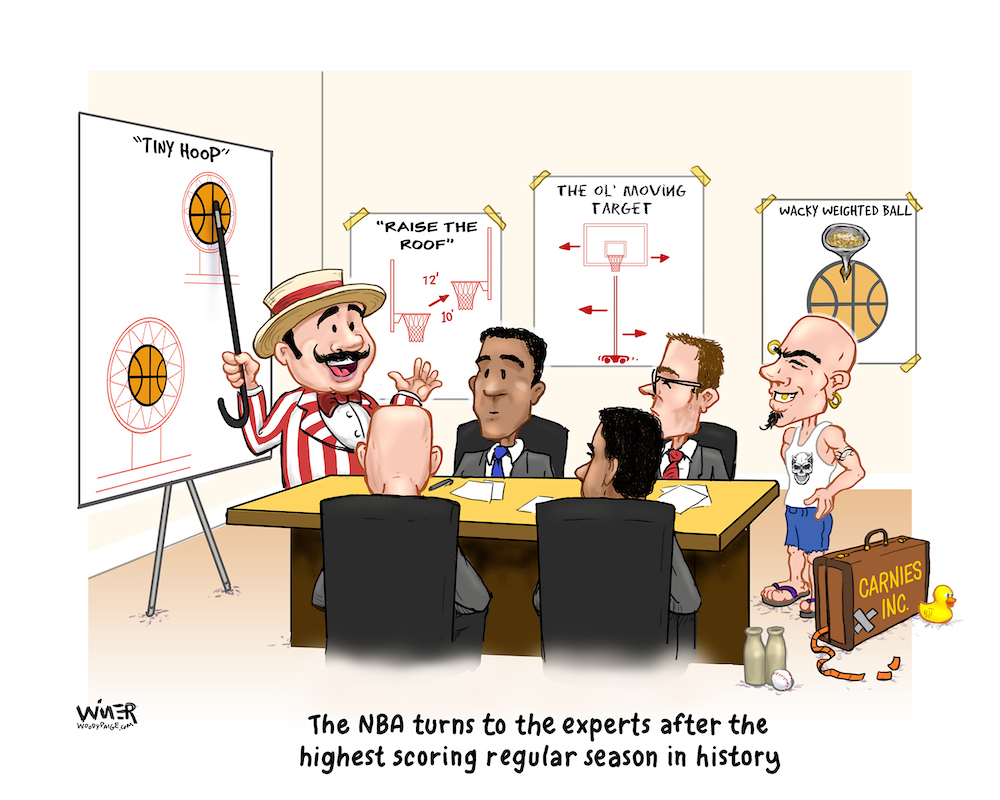There was a major retirement announcement in sports this week.
First, the background.
On game day before Colorado’s most recent home games, the loss to Southern California and a win over Stanford, the word came that Ralphie V, the CU Buffalo and the top live mascot in college football, was a scratch.
Lower-body injury?
Upper body?
Load management?
Actually, we weren’t told about why Ralphie would be absent, and it all was rather mysterious.
We knew this much: She — yes, “she” — wouldn’t charge around Folsom Field, with handlers holding on for dear life and trying to maintain control while guiding her as the Buffaloes (the football players) emerged from the dressing room before the game and at the end of the halftime break.
The buffalo in the role of Ralphie always had been a “she,” because a “he” would be too big and difficult to keep to the route.
Ralphie isn’t ornamental. Unlike most of the other live mascots, she doesn’t just stand around.
Surprisingly, Ralphie also has no standby.
There are no stories of the star coming down with a cold and the understudy stepping in to save the day.
It’s either Ralphie or nothing.
At those last two home games, as always, her path would have taken her from the northeast corner of the field, to the other end, then back to the northwest corner and into her trailer.
I’m being serious here: Mel Tucker, in his first year as the Buffs’ head coach, and his staff had big-time prospects attending the Stanford game, and Ralphie’s absence and the lack of the pre-game run, was unfortunate.
There are certain things that are compelling parts of the CU recruiting pitch, such as the view of Boulder, the campus, and the Flatirons from the crest of US Highway 36, the route from Denver.
And Ralphie’s run is as exciting of a pre-game scene as there is in college football.
Yes, I’m a CU grad, but I’ve also been to games in about 50 college football stadiums and seen the pageantry at other stadiums from afar.
In the wake of those recent events, it wasn’t a shock when CU athletic director Rick George Tuesday announced that Ralphie V is retiring at age 13 after nearly 12 seasons on the job.
She will be at the Buffs’ final home game, against the Washington Huskies (who have a neat live mascot, Dubs II) on November 23, but only to be saluted and honored, and not to run.
CU explained that Ralphie still was in good health, but had become somewhat ornery and more excited, plus more difficult to control; and that she actually was running faster than ever, adding to the challenge.
She isn’t really being put out to pasture, since that’s where she already has been most of the time.
She’ll continue to live on a ranch, and the CU athletic department noted she has a “companion.”
And the search for a successor, to step into the role next season, is underway.
Ralphie will remain No. 1.
The College Football Playoff poll or tournament isn’t needed to confirm that.
The other top live mascots that attend games?
In my notebook, and I don’t claim the list is inclusive, they are:
- Uga, the Georgia Bulldog.
- Bevo, the Texas Longhorn steer.
- The Pentagon’s Trio: 1, Air Force Falcon. (One played a key role in my novel The Witch’s Season.) 2, Navy Goat. 3, Army Mule.
- Mike, the LSU Tiger.
- Traveler, the USC horse. (The only negative with Traveler is it’s associated with that snippet of the Trojan fight song.)
- Renegade, the Florida State appaloosa that is Alydar to Traveler’s Affirmed. (That is praise, not an insult.)
- Reveille, the Texas A&M collie.
- Auburn’s War Eagle.
- Handsome Dan, the Yale bulldog. (He got a 1330 on the SAT.)
- Smokey, the Tennessee blue tick Coonhound.
- CAM, the Colorado State Ram.
If Oregon still used a live duck, rather than relying on the costumed Donald Duck figure, I’d include Puddles, the Oregon Duck. This also is an excuse for me to explain that Oregon’s original name, Webfoots, had nothing to do with a fowl at all.
A group of fishermen in Massachusetts who served the American cause during the Revolutionary War were called “Webfoots,” referring to their footwear, and some Oregonians claimed to be their descendants. So the original Webfoots nickname was intended to honor fishermen.
Connecting it to Ducks in Eugene, though, was inevitable, and students gathered up various live ducks, all nicknamed “Puddles,” from the industrial, man-made Millrace waterway near campus and brought them to games. Headline writers also jumped on the shorter “Ducks,” and it came to be used as an alternative in stories and in informal conversations. In line with a 1932 student referendum, though, Webfoots remained the school’s official nickname — which included the champions of the inaugural NCAA basketball tournament in 1939.
If Oregon wins out in football, including the Pac-12 title game, the Ducks should be included in the CFP and bring a real Puddles along for the ride.
About Terry: Terry Frei is the author of seven books. His novels are Olympic Affair and The Witch’s Season, and among his five non-fiction works are Horns, Hogs, and Nixon Coming, Third Down and a War to Go, and ’77: Denver, the Broncos, and a Coming of Age. Information is available on his web site, terryfrei.com. His woodypaige.com archive can be found here.

















